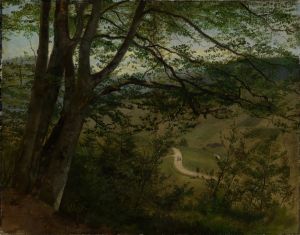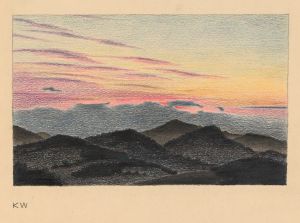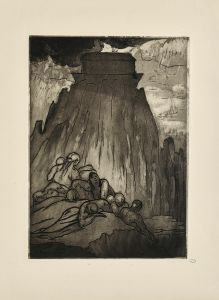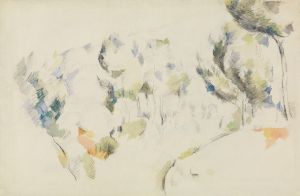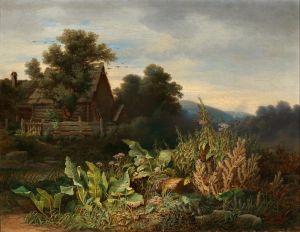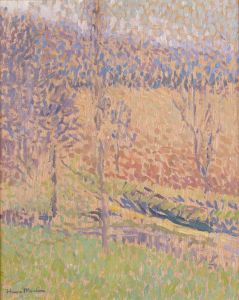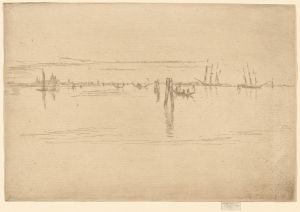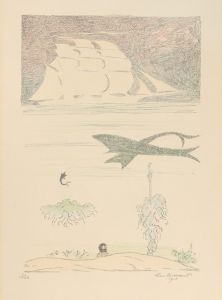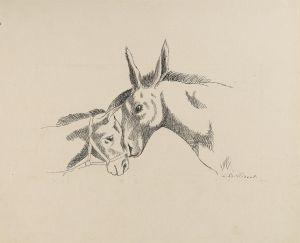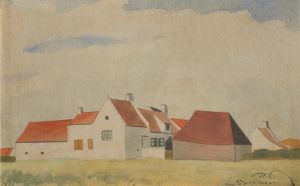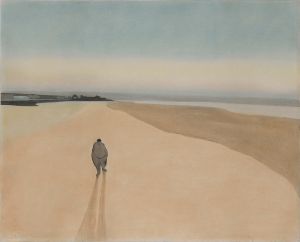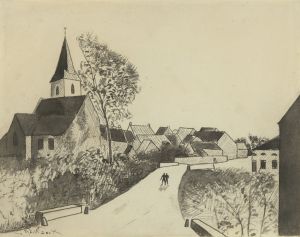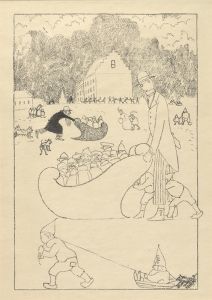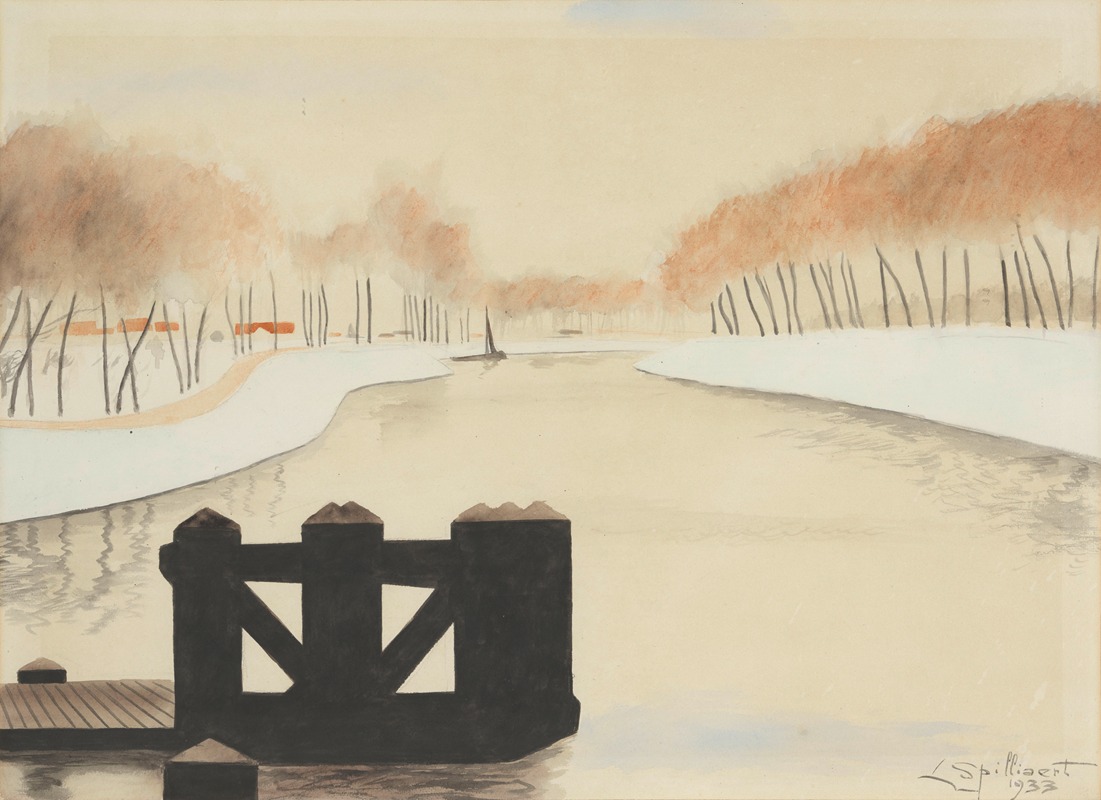
De Keignaertkreek in Zandvoorde
A hand-painted replica of Léon Spilliaert’s masterpiece De Keignaertkreek in Zandvoorde, meticulously crafted by professional artists to capture the true essence of the original. Each piece is created with museum-quality canvas and rare mineral pigments, carefully painted by experienced artists with delicate brushstrokes and rich, layered colors to perfectly recreate the texture of the original artwork. Unlike machine-printed reproductions, this hand-painted version brings the painting to life, infused with the artist’s emotions and skill in every stroke. Whether for personal collection or home decoration, it instantly elevates the artistic atmosphere of any space.
Léon Spilliaert (1881-1946) was a Belgian symbolist painter and graphic artist known for his unique style that often combined elements of symbolism, expressionism, and surrealism. His works frequently explore themes of solitude, introspection, and the mysterious aspects of the natural world. One of his notable works is "De Keignaertkreek in Zandvoorde," which reflects his distinctive approach to landscape painting.
"De Keignaertkreek in Zandvoorde" is a painting that captures the essence of the Keignaert Creek, a small waterway located in Zandvoorde, a village near Ostend in Belgium. Spilliaert had a profound connection to the landscapes of the Belgian coast, and his works often depict the serene yet haunting beauty of these environments. The painting is a testament to Spilliaert's ability to evoke mood and atmosphere through his use of color, composition, and light.
Spilliaert's technique in this painting is characterized by his use of muted colors and subtle gradations of tone, which create a dreamlike quality. The composition likely emphasizes the tranquility and isolation of the creek, reflecting Spilliaert's interest in capturing the emotional resonance of a place rather than a literal representation. His work often features a limited color palette, which in this case, might include shades of blue, gray, and green, contributing to the overall mood of introspection and quietude.
The painting is also notable for its exploration of light and shadow, a common theme in Spilliaert's work. He often employed dramatic contrasts to highlight certain elements of his compositions, drawing the viewer's attention to specific details while maintaining an overall sense of harmony and balance. This technique allows the viewer to engage with the painting on a deeper emotional level, as the interplay of light and shadow can evoke feelings of mystery and contemplation.
Spilliaert's work was influenced by various artistic movements and figures, including symbolism and the works of artists like James Ensor and Odilon Redon. However, Spilliaert developed a unique style that set him apart from his contemporaries. His focus on mood and atmosphere, combined with his innovative use of materials and techniques, has earned him a lasting place in the history of Belgian art.
"De Keignaertkreek in Zandvoorde" is a reflection of Spilliaert's broader artistic vision, which often sought to capture the unseen and the ephemeral aspects of the world around him. His landscapes are not merely depictions of physical spaces but are imbued with a sense of the metaphysical, inviting viewers to explore their own emotional responses to the natural world.
While specific details about the creation and exhibition history of "De Keignaertkreek in Zandvoorde" may not be extensively documented, the painting remains an important part of Spilliaert's oeuvre. It exemplifies his ability to transform ordinary landscapes into evocative and thought-provoking works of art, resonating with audiences through its subtle beauty and emotional depth. Spilliaert's legacy continues to be celebrated in exhibitions and collections worldwide, where his works are appreciated for their innovative approach and enduring impact on the art world.





